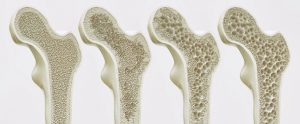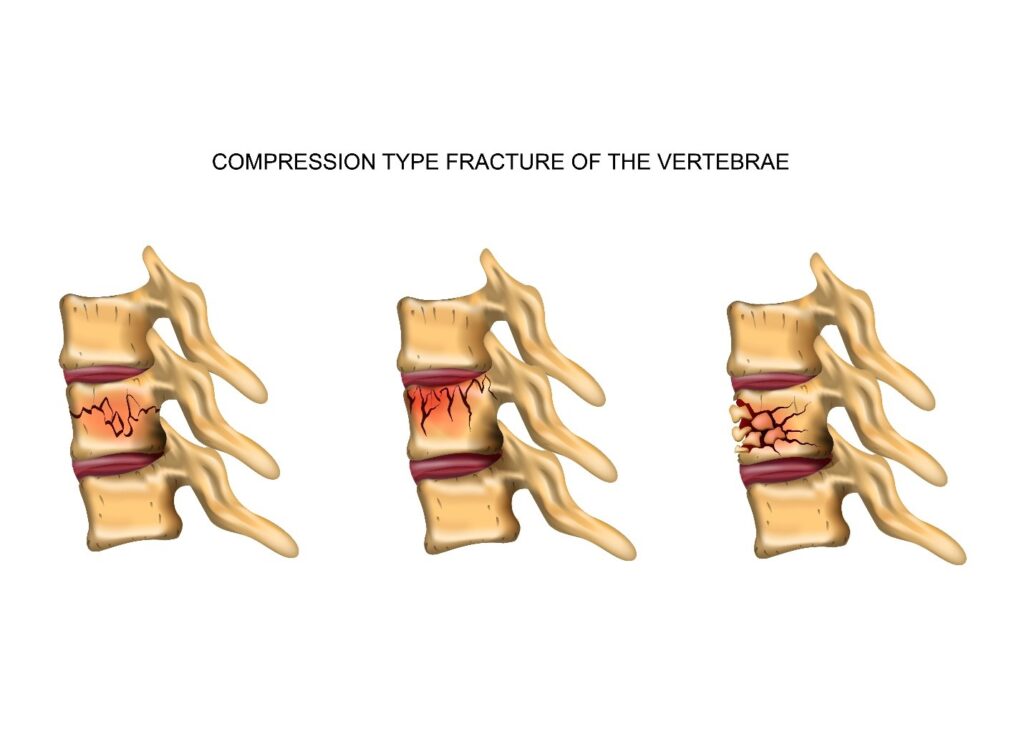Bone health is important regardless of age, race, or sex. Whether you’re male or female, monitoring bone strength and making efforts to maintain bone health as you age is vital to longevity and wellness.

Osteoporosis is a health condition seen quite often in both men and women that occurs during the aging process. The prevalence of osteoporosis in the United States is significant, with an estimated 53 million Americans having this condition annually.
As this is a health issue that needs much more attention directed at the prevention of the condition, we’ll discuss these concerns. More specifically, we’ll outline what osteoporosis is, what complications may arise as a result of the condition, and ultimately, the ideas about prevention.
Characteristics of Osteoporosis
Osteoporosis is a condition of decreased bone density, alteration in bone rebuilding function, and resultant bones that are extremely susceptible to fracture. This is particularly of concern amongst the elderly population, with hip fractures being a common, debilitating occurrence.
When the space within bones expands, bones inevitably become thinner, weaker, and more prone to injury. Although any healthy individual can have a traumatic fracture, those with osteoporosis can experience a fracture during the simplest of day-to-day activities.
Those with osteoporosis also can have a higher risk of secondary complications, such as blood clots that can lead to pulmonary embolism. These are complications that occur in individuals who are less active, and individuals with osteoporosis tend to be less and less active due to pain and fear of injury.
The most common symptoms of osteoporosis include a reduction in grip strength, weak limbs, receding gums, bloating and constipation, and physiological pain and discomfort.
Causes and Complications of Osteoporosis
There are several causes of osteoporosis. Those who have osteoporosis are likely to be older in age, sedentary, have low testosterone, and have a nutritional deficiency of calcium and other vital nutrients. Other factors that can contribute to the risk of osteoporosis include smoking, alcohol abuse, and some medications.
Bones are at their most dense form in young adults between the ages of 20 and 29, and deterioration increases with age. In addition, if other health conditions occur in the aging process, the likelihood of developing osteoporosis increases dramatically. Also, in rare cases, men of a young age can develop early-onset idiopathic osteoporosis.
Other medical conditions that can be indirect causes and associated risk factors of osteoporosis include hyperthyroidism, anorexia, diabetes, cardiovascular disease, HIV, inflammatory disease, leukemia, arthritis, and some tissue disorders.

It’s important to note the direct complications of osteoporosis. The spinal complications of osteoporosis include fractures of the vertebral bodies. These can occur spontaneously in severe cases, or they may occur with light activity such as lifting or through the act of sitting down on a hard surface. Although some of these fractures may not require intervention, it’s likely that they can result in back pain, poor posture, and even a loss of height.
One of the most common complications of osteoporosis is a fractured hip. When this occurs in an elderly individual, the risks of surgery are high, and the risks of complications during the healing process are also high. Elderly individuals who have undergone surgery on the hip will have a significant recovery time, and they have the potential to develop complications such as blood clots and pneumonia due to the lack of inactivity.
Preventing Osteoporosis

Osteoporosis is mostly a preventable health condition and, at the very least treatable post-diagnosis. All aging individuals who want to be proactive in preventing this process should make regular health screenings a top priority. While osteoporosis is often labeled as being an inevitable part of aging, it can be prevented or delayed in most cases.
First, if an individual identifies a family history of osteoporosis, it’s imperative that they immediately begin to take action proactively to prevent the condition. For example, some of the proactive steps include improving nutrition and ensuring that they have the recommended daily requirements of calcium, vitamin d, and other necessary vitamins. It’s also best to have an evaluation of their bone density via a specialized scan which can be arranged by your health care provider.
Secondly, the benefits of continued healthy behavior such as physical activity and exercise, adequate sleep, and adequate hydration will play a significant role in the prevention of osteoporosis.
Finally, in the cases in which individuals wish to seek medicinal treatment for osteoporosis prevention, they have the option of bisphosphonates, such as risedronate, which have proven to be efficacious and safe. Discuss this with your health provider to determine if this is an appropriate option.
Final Thoughts
Osteoporosis may be of serious concern depending on your age and health status. Osteoporosis, however, is a preventable condition that can be avoided through proactive lifestyle interventions.
If you’re a naturally active individual who prioritizes the consumption of a healthy diet and supplement regimen rich in calcium and other vital nutrients associated with bone health, you are doing well in the prevention of osteoporosis.
